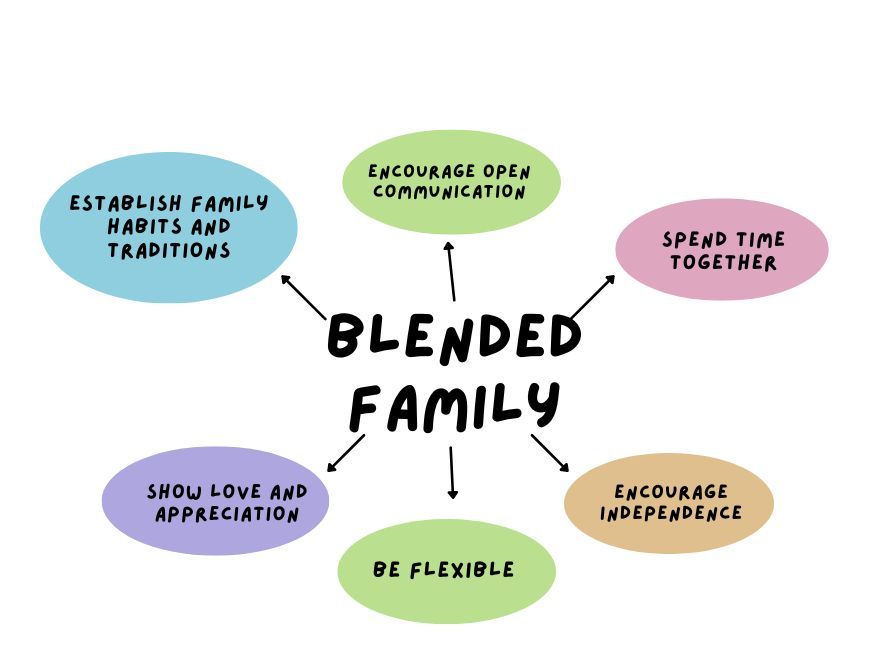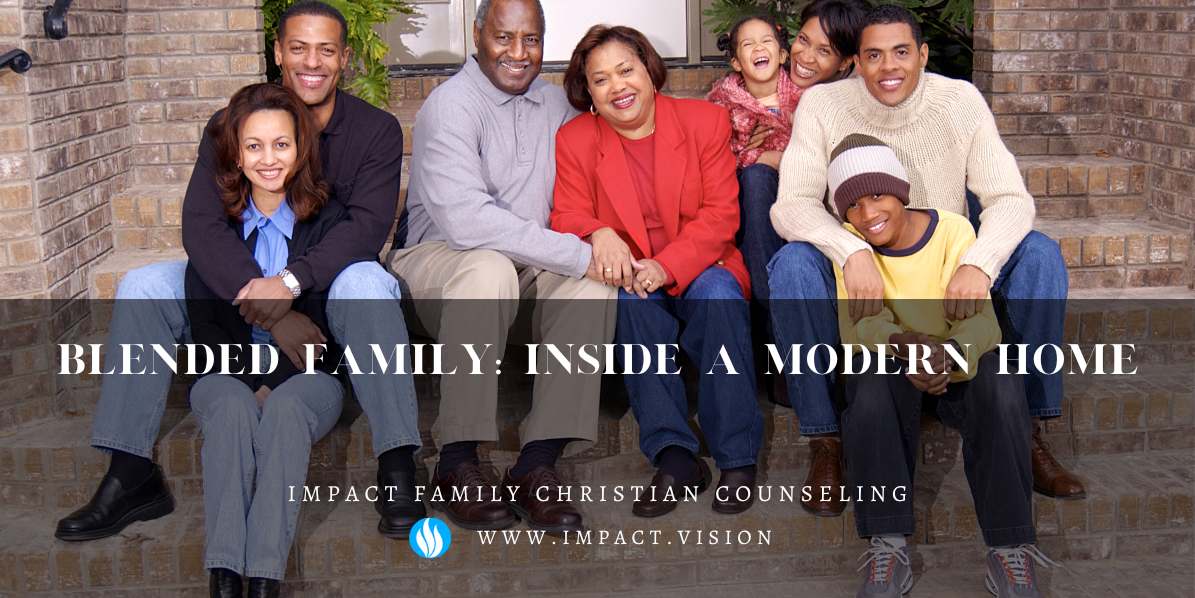Creating a blended family can be a challenging yet rewarding experience. Whether you are a step-parent, a blended family member, or simply curious about the topic, this blog post is here to help. We will explore the dynamics of blended families, share tips for creating a cohesive unit and provide insight into the joys and difficulties of blending families.
How common are blended families in America?
Blended families, also known as stepfamilies, are becoming increasingly common in the United States. According to the Pew Research Center, approximately one-in-five adults in the U.S. are either the parent or the child of a step-parent. Additionally, about 20% of children in the U.S. live with one biological parent and one step-parent. About one-third of all marriages in the U.S. today are remarriages for one or both partners, meaning they have at least one stepchild. These numbers have increased over time as the rate of divorce and remarriage has grown in America.
What exactly is a blended family?
A blended family, also known as a stepfamily, is a family where at least one parent has children from a previous relationship. This can include children from previous marriages, relationships, or adoptions. The structure of a blended family can vary greatly depending on the specific circumstances, but it typically consists of the following:
- Biological parent
- Step-parent
- Stepchildren
- Half-siblings

It is a family unit that merges two or more previously created families, often with different dynamics and relationships.
One of the first things to understand about blended families is that they are not a one-size-fits-all solution. Every blended family is unique, with its own set of challenges and rewards. It is important to remember that blending families takes time, patience, and a lot of hard work.
What are the common problems blended families face?
One of the biggest challenges of blending families is managing the different dynamics between family members. In a blended family, there may be different parenting styles, relationships between siblings, and expectations from each member. It is essential to be aware of these dynamics and work to create a cohesive unit based on mutual respect and understanding.
Blended families can face various challenges as they navigate the process of combining two separate families into one. Other everyday struggles that blended families may encounter include the following:
- Establishing roles and boundaries
- Building trust and forming relationships
- Dealing with blended family dynamics
- Managing conflicting parenting styles
- Dealing with loyalty issues
- Managing blended family finances
- Addressing past traumas or issues conflicting parenting styles
It’s important to remember that blended families are unique, and each one will have its own challenges. It’s essential to seek help from a therapist or counselor if the family struggles to navigate these challenges.
How can blended families create a sense of unity and belonging?
Communication is critical when it comes to blending families. It is important to establish open lines of communication between all family members, to encourage honest and respectful dialogue, and to be willing to listen to and respect different perspectives. Setting clear boundaries and expectations can create a sense of order and structure within the blended family.
Creating a sense of unity and belonging within a blended family can be challenging, but here are several strategies that can help:

- Establishing family habits and traditions: Creating traditions and habits unique to the blended family can help create a sense of unity and belonging. This could include weekly family dinners, holiday traditions, or a memorable family vacation.
- Encourage open communication: Encourage all family members to express their feelings and thoughts and ensure everyone is heard. This will help create a sense of understanding and acceptance among family members.
- Spend time together: Make sure to spend quality time together as a family. Plan regular family activities and make sure everyone is involved. This will help create a sense of unity and belonging.
- Encourage independence: Encourage each family member to have their own identity and interests. This will help them feel more comfortable in their new blended family and foster a sense of belonging and unity.
- Show love and appreciation: Show love and gratitude to each family member. This will help build trust and create a sense of belonging.
- Be flexible: Be open to change and willing to adapt. Blended families often navigate a complex web of relationships, loyalties, and emotions. Flexibility helps ease the transition and create a sense of unity.
Despite the challenges of blending families, there are also many rewards. A blended family can create a sense of love and belonging that is truly unique. Blended families also offer the opportunity to experience different cultures, traditions, and perspectives, which can be incredibly enriching.
In conclusion, blending families can be a challenging but enriching experience. By understanding the dynamics of blended families, communicating openly and honestly, and being patient and understanding, families can build a strong and cohesive unit blessed with love and belonging.
Additionally, blended families offer the opportunity for growth and personal development as family members learn to navigate the complexities of step-relatives relationships and how to communicate effectively and compromise.
The challenges blended families face can also allow everyone to grow in their faith and rely on God’s love and guidance. The blended families can learn to forgive and understand the meaning of unconditional love, which can bring them closer to God. The Bible teaches that we fulfill God’s commandments when we love one another. By loving one another and working together, blended families can become shining examples of God’s love for the world.
Blended families are like puzzles. Each piece may be different, but they create a beautiful picture when put together
Are you struggling to blend in with your family, or do you know anyone who wants to overcome blended family problems?
Consult a professional
At Impact Vision, we understand the unique needs of blended families and provide a safe and supportive environment for families to work through their issues.
Our experienced counselors are dedicated to helping families build strong and healthy relationships, create a sense of unity and belonging, and navigate the challenges of blending families.
We offer various counseling services, including parenting counseling, individual therapy, and youth counseling, to help blended families create a harmonious and functional home.
Don’t let the challenges of blending a family keep you from living your best life. Contact Impact Vision today and take the first step towards building a strong, united, and loving blended family.

